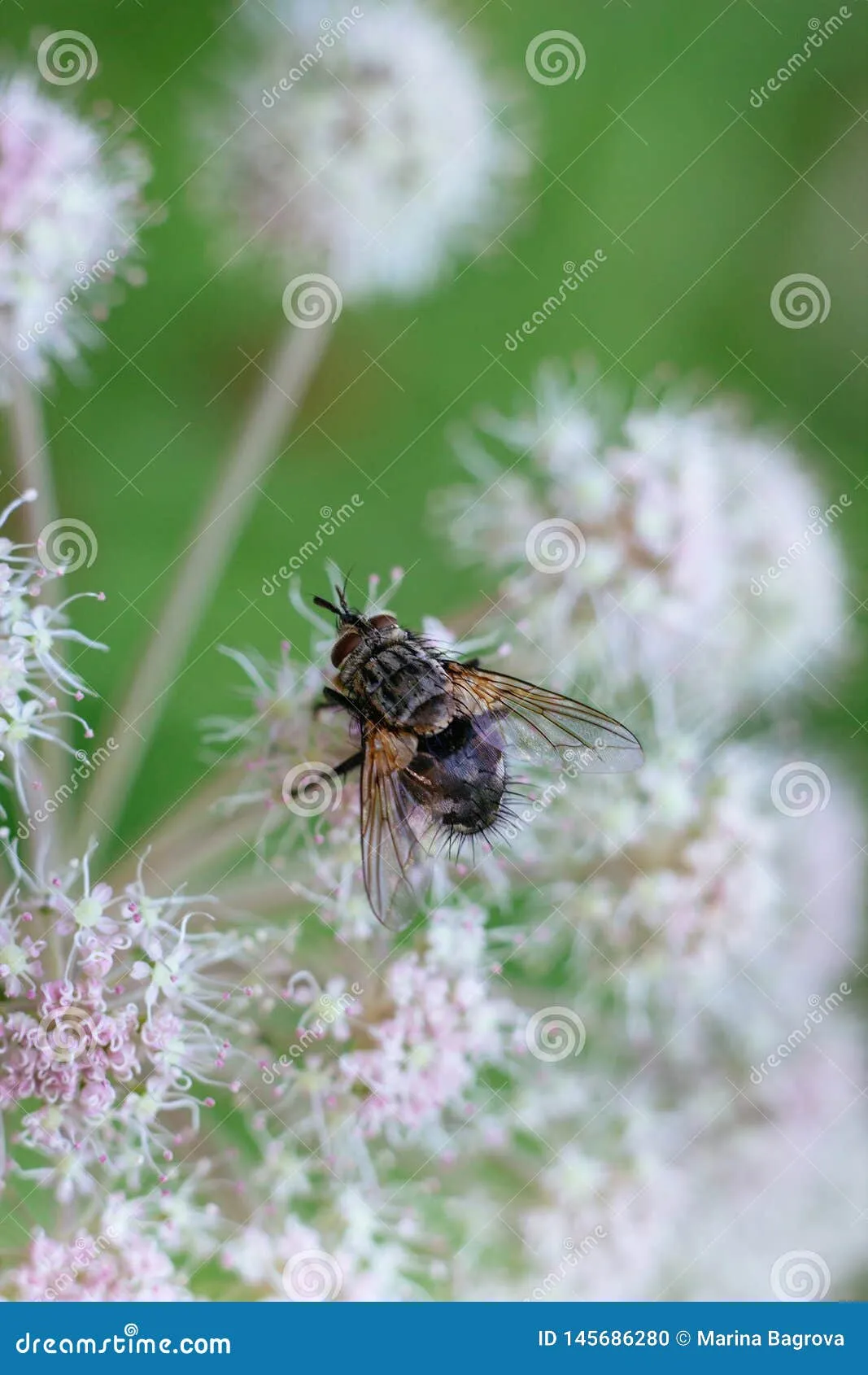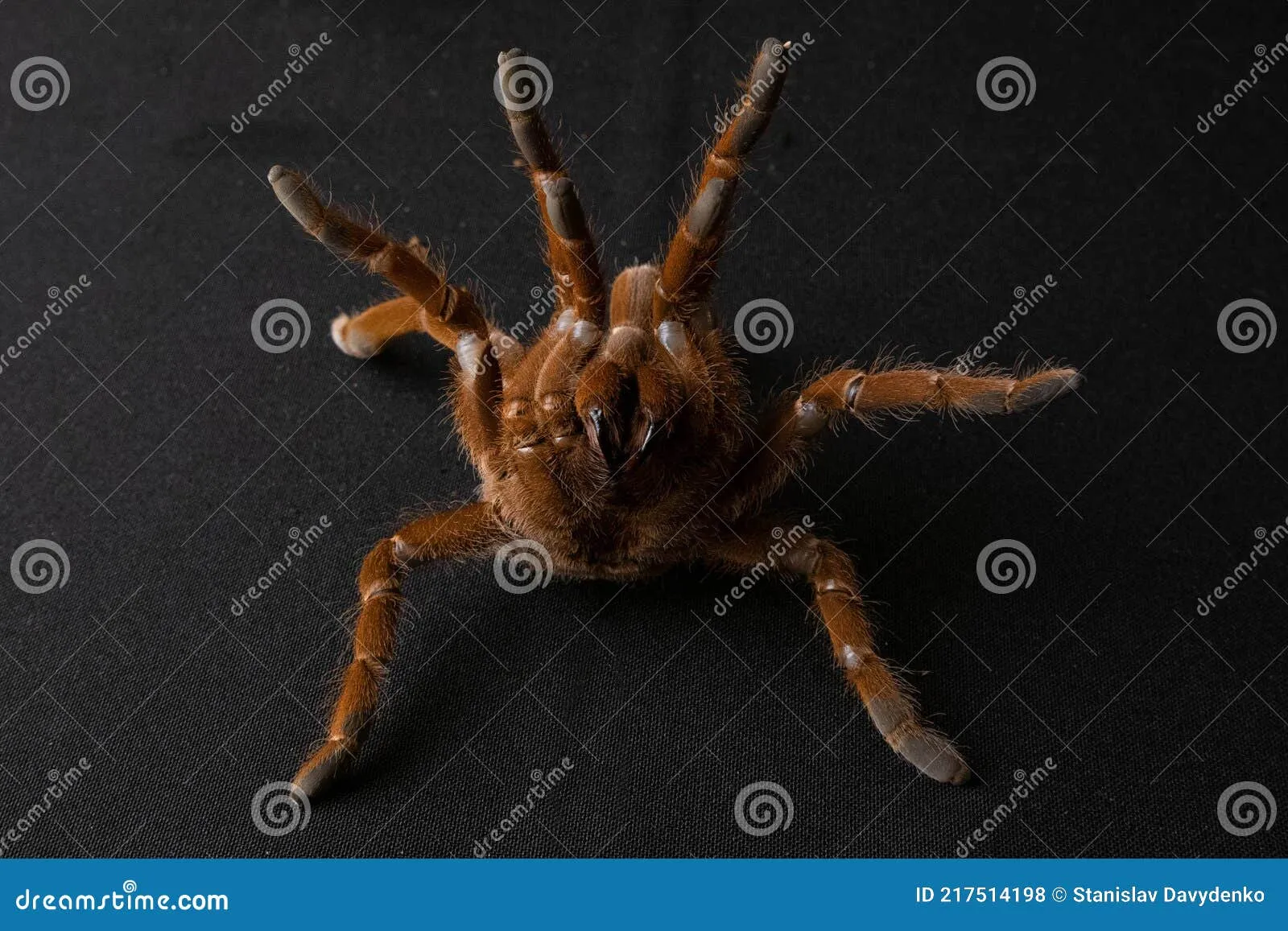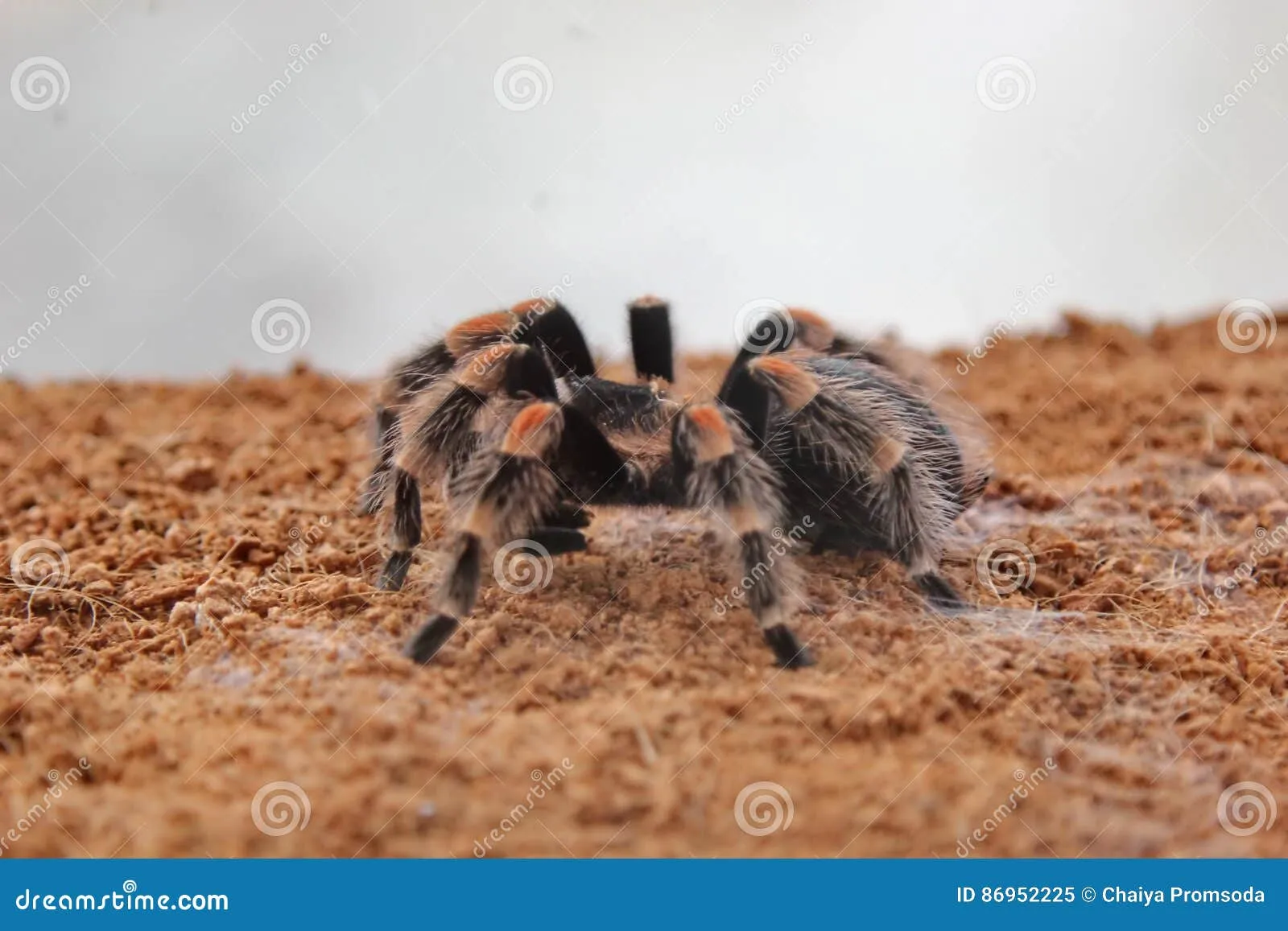Tarantulas, with their impressive size and hairy appearance, often spark curiosity and sometimes, fear. One common question that arises when discussing these arachnids is whether their hairs are poisonous. While the answer isn’t a simple yes or no, understanding the nature of tarantula hairs, specifically urticating hairs, is essential. This article delves into the fascinating world of tarantula hairs, exploring their purpose, effects, and the surprising facts surrounding them. Prepare to uncover the truth behind these tiny, yet impactful, defenses of the tarantula.
What are Urticating Hairs?
Urticating hairs are specialized hairs found on certain species of tarantulas. These hairs are not found on all tarantula species; they are primarily located on the abdomen. These hairs are not like the regular hairs you might see on a mammal. Instead, they are barbed and designed to irritate. The term “urticating” comes from the Latin word “urtica,” meaning nettle, because these hairs cause a similar irritating effect as coming into contact with stinging nettles. When disturbed or threatened, tarantulas flick these hairs towards potential predators or anything they perceive as a threat, using their back legs. The result is an immediate and often uncomfortable reaction.
The Purpose of Tarantula Hairs
The primary purpose of urticating hairs is defense. Tarantulas are preyed upon by various animals in their natural habitats, including birds, snakes, and other mammals. These hairs serve as a crucial line of defense, deterring potential predators. When these hairs come into contact with the skin, eyes, or mucous membranes of a predator, they cause intense itching, irritation, and discomfort. This defensive mechanism gives the tarantula a chance to escape or at least discourage the predator from continuing its attack. The hairs can be a significant deterrent, as the discomfort can last for several hours or even days, making the tarantula a less appealing meal.
How Do Tarantulas Use Their Hairs?

Tarantulas employ a clever technique to deploy their urticating hairs. They use their hind legs to flick these hairs off their abdomen towards a perceived threat. This action is often seen as a rapid, jerky movement. The hairs are designed to become airborne, making them effective even at a distance. Some species can even control the direction and force with which they release the hairs. When the barbed hairs come into contact with the skin or eyes, they embed themselves, causing irritation. This defense mechanism is particularly effective because the hairs are difficult to remove completely, and any remaining fragments continue to cause irritation until they naturally shed or are removed.
Types of Tarantula Hairs
Not all tarantulas have the same type of urticating hairs. There are various types, each with a slightly different structure and effect. Type I hairs, commonly found in some New World tarantulas, are long and barbed, designed for effective dispersal. Type III hairs, are shorter and more like spines. These hairs vary in their irritancy and the duration of the effects they cause. The specific type of urticating hair a tarantula possesses often correlates with its geographic origin and the predators it commonly faces. Understanding these variations is important for tarantula keepers and enthusiasts, as it can impact how they handle and interact with different species.
How Do Urticating Hairs Affect Humans?
For humans, the effects of urticating hairs range from mild to moderate. The most common symptom is intense itching and irritation of the skin, which can be accompanied by a rash. The severity of the reaction depends on several factors, including the sensitivity of the individual, the type of hair involved, and the amount of exposure. If the hairs come into contact with the eyes or mucous membranes, the effects can be more severe, causing swelling, redness, and discomfort. While these reactions are unpleasant, they are generally not life-threatening. However, anyone with a history of allergies or severe skin sensitivities may experience a more pronounced reaction. It is important to note that not all tarantulas have urticating hairs, so the risk varies based on the species.
Symptoms of Contact with Tarantula Hairs

Symptoms of contact with tarantula urticating hairs can vary, but some common signs include immediate itching and burning sensations on the skin. This is often followed by a rash or small, raised bumps, similar to hives. If the hairs enter the eyes, they can cause significant irritation, redness, and swelling. In some cases, individuals may experience respiratory symptoms if the hairs are inhaled. The severity of these symptoms depends on the amount of contact and individual sensitivity. In rare cases, people with allergies may experience more severe reactions. Anyone experiencing severe symptoms should seek medical attention promptly. Understanding these symptoms is critical for prompt treatment and relief.
What to Do if You Come into Contact with Tarantula Hairs?
If you come into contact with tarantula urticating hairs, there are several steps you can take to alleviate the symptoms. First, avoid rubbing the affected area, as this can drive the hairs deeper into the skin. Instead, gently rinse the area with cool water. Using tape to remove the hairs, much like you would to remove splinters, can be effective. Over-the-counter antihistamines can help reduce itching and inflammation. If the symptoms are severe, such as significant swelling or difficulty breathing, seek medical attention immediately. Keeping the area clean and avoiding scratching will also help to prevent secondary infections. With proper care, the symptoms usually subside within a few days to a week.
Are Tarantula Hairs Poisonous? The Verdict
No, tarantula hairs are not poisonous in the traditional sense. They do not inject venom or toxins into the skin. Instead, they cause irritation and discomfort through a mechanical process. The barbed hairs embed themselves in the skin, causing itching and irritation. This is a physical reaction, not a chemical one, meaning the hairs themselves do not contain a poisonous substance. While the effects can be unpleasant, they are typically not life-threatening. The term “poisonous” is often misused in this context, as it refers to substances that cause harm through ingestion or injection. Therefore, it’s more accurate to describe tarantula hairs as irritating or allergenic rather than poisonous.
Do All Tarantulas Have Urticating Hairs?

No, not all tarantulas have urticating hairs. The presence of these hairs varies among different species. Old World tarantulas, which are primarily found in regions like Asia, Africa, and Europe, generally do not possess urticating hairs. Instead, they rely on other defense mechanisms, such as biting and injecting venom. New World tarantulas, native to North and South America, are the species that typically have urticating hairs. The evolutionary divergence in defense strategies between Old World and New World tarantulas highlights the diverse adaptations within the tarantula family. Therefore, whether a tarantula’s hairs are a concern depends on the species.
7 Surprising Facts About Tarantula Hairs
- Urticating hairs are primarily a defensive mechanism, not a form of attack.
- The severity of the reaction to urticating hairs can vary significantly between individuals.
- The type of urticating hairs differs among tarantula species.
- Tarantulas use their legs to flick the hairs.
- Old World tarantulas generally do not have urticating hairs.
- The effects of urticating hairs are primarily physical irritation, not poisoning.
- Regular handling and exposure can build a tolerance to urticating hairs, to some degree.
In conclusion, while tarantula hairs aren’t poisonous, they are certainly irritating. Understanding the nature of urticating hairs, their purpose, and the effects they have on humans can help us better appreciate these fascinating creatures and how they defend themselves. If you encounter a tarantula, always handle it with care and respect its natural defenses. Whether you are a tarantula owner or simply curious, knowing about urticating hairs adds another layer of understanding to the complex world of tarantulas.
